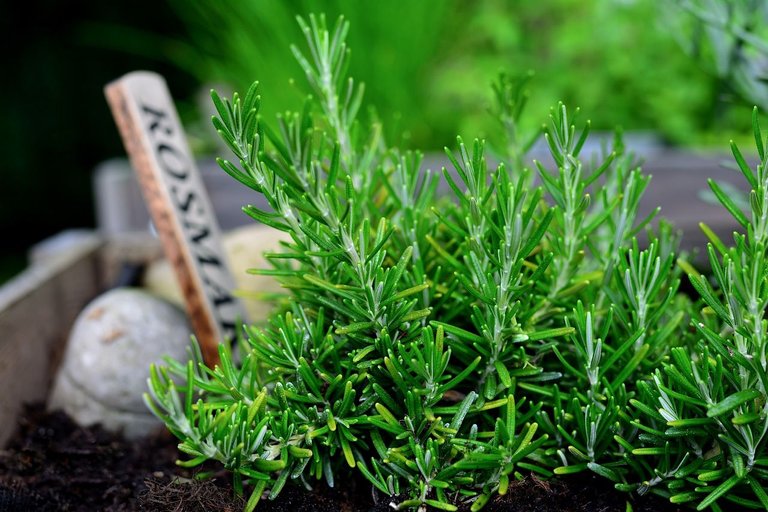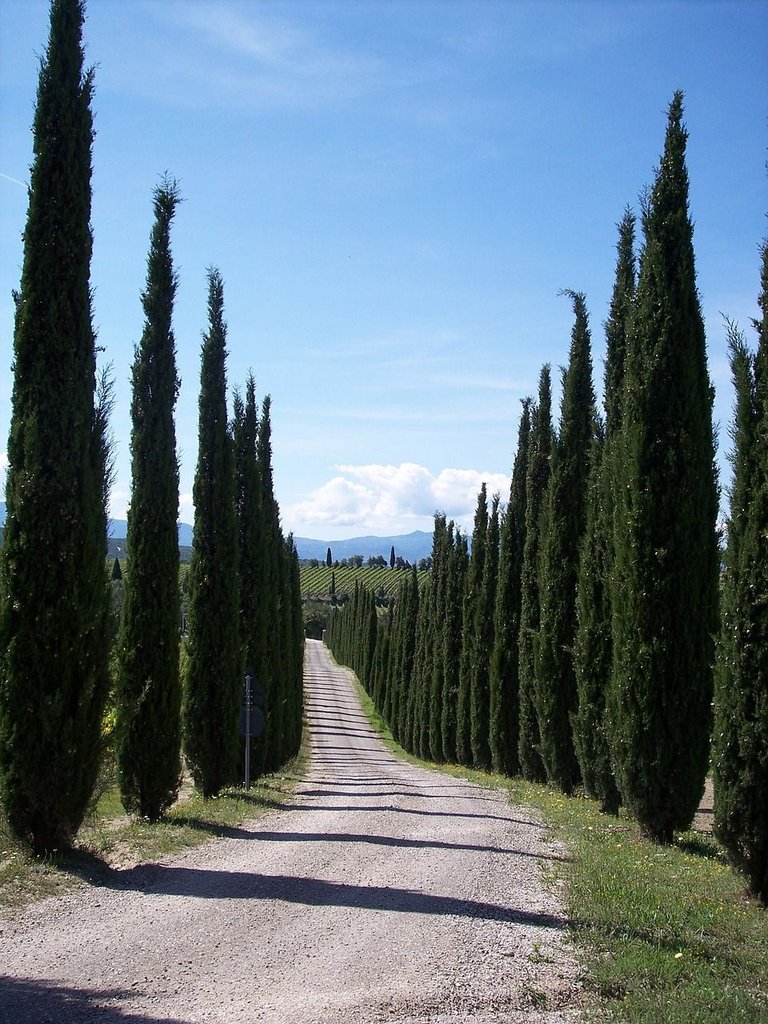The sad fate of the Mediterranean Scrub (part I) - Il triste destino della Macchia Mediterranea (parte I)
Good morning Hivers friends,
You have certainly heard about the famous Mediterranean scrub in botany books. It is a topic that is particularly close to my heart because the country where I live, Italy, is one of those where this vegetation is richest and most flourishing.
The precious ecosystem of the Mediterranean scrub, however, is continually put to the test due to various dangers (dependent on man, but not only...). After reading some data that was both interesting and worrying, I wondered if there was something that could be done to preserve it.
I hope you will enjoy this scientific journey to discover the Mediterranean scrub and its current problems. Let's start today with a brief introduction to the Mediterranean scrub.
Buongiorno amici Hivers,
Avete sicuramente sentito parlare nei libri di botanica della famosa Macchia Mediterranea. È un tema che mi sta particolarmente a cuore perché il Paese dove abito, l’Italia, è uno di quelli dove questa vegetazione è più ricca e florida.
Il prezioso ecosistema della macchia mediterranea, tuttavia, è continuamente messo alla prova a causa di diversi pericoli (dipendenti dall’uomo, ma non solo…). Dopo la lettura di alcuni dati tanto interessanti quanto preoccupanti, mi sono interrogata se ci fosse qualcosa da fare per preservarla.
Spero che vi piacerà questo percorso scientifico alla scoperta della macchia mediterranea e delle sue problematiche attuali. Iniziamo subito oggi con una breve introduzione sulla macchia mediterranea.

Foto di Demie Hadji da Pixabay
Many don't know: although the most typical area of the Mediterranean scrub is the Mediterranean basin, it can also be found in other regions of the world: California, central Chile, the southern tip of South Africa and southern Australia!
The Mediterranean scrub is differentiated into numerous categories, based on height, density and specific composition. In short, it can be divided into:
- High scrub, with well-developed trees capable of providing shade and humidity to the undergrowth;
- Low scrub, made up of shrubs and bushes.
It is possible to find, for example, broad-leaved and acid-shaped evergreen trees, including: holm oaks, strawberry trees, olive trees, laurels, carobs, pines, junipers, cypresses and others. Also included are shrubby plants, for example cistus, mastic, myrtle and rosemary.
Molti non lo sanno: sebbene l'area più tipica della macchia mediterranea sia il bacino del Mediterraneo, è possibile trovarla anche in altre regioni del mondo: California, Cile centrale, punta meridionale del Sudafrica e Australia meridionale.
La macchia mediterranea si differenzia in numerose categorie, in base all'altezza, alla densità ed alla composizione specifica. In breve, può essere divisa in:
- Macchia alta, con alberi ben sviluppati in grado di fornire ombra e umidità al sottobosco;
- Macchia bassa, costituita da arbusti e cespugli.
È possibile trovare, ad esempio, alberi sempreverdi latifoglie e aciformi, tra cui: lecci, corbezzoli, ulivi, allori, carrubi, pini, ginepri, cipressi e altri. Sono comprese anche piante arbustive, ad esempio cisto, lentisco, mirto e rosmarino.

Foto di congerdesign da Pixabay
Another typical formation of Mediterranean vegetation are pine forests, which in nature represent the initial evolutionary stage of Mediterranean vegetation, but also the first step towards the colonization of bare land or land devastated by the passage of fire.
Generally, however, in the Mediterranean environment the pine forests are of anthropic origin: they were established, in fact, for protective purposes, to produce pine nuts (from Pinus pinea) or for tourism and landscape purposes.
Un’altra formazione tipica della vegetazione mediterranea sono le pinete, che in natura rappresentano lo stadio evolutivo iniziale della vegetazione mediterranea, ma anche il primo passo verso la colonizzazione di terreni nudi o devastati dal passaggio del fuoco.
In genere, però, in ambiente mediterraneo le pinete sono di origine antropica: sono state costituite, infatti, a scopo protettivo, per produrre pinoli (dal Pinus pinea) oppure per finalità turistiche e paesaggistiche.

Foto di tatlin da Pixabay
In the Mediterranean region there are areas of exceptional concentration of biodiversity and high density of endemic species!
The aspect of intraspecific genetic variability (i.e. within the same species) is also very important. It is believed that in the glacial era the southern regions, including my country, represented "refuge areas" from which these species then spread again to the rest of Europe. For these reasons, Italy is a great universally recognized reserve of genetic variability.
In recent years, unfortunately, we are witnessing a progressive degradation of the Mediterranean scrub. In the next post I will explain what the main dangers we are facing are. Stay tuned!
See you next time,
Delilha
Nella regione mediterranea esistono aree di eccezionale concentrazione di biodiversità ed elevata densità di specie endemiche!
È molto importante anche l'aspetto della variabilità genetica intraspecifica (cioè all'interno di una medesima specie). Si ritiene che in epoca glaciale le regioni meridionali, tra cui il mio Paese, abbiano rappresentato delle “aree rifugio” da cui queste specie si sono poi nuovamente diffuse nel resto d'Europa. Per questi motivi l'Italia è una grande riserva di variabilità genetica universalmente riconosciuta.
Negli ultimi anni, purtroppo, stiamo assistendo a un progressivo degrado della macchia mediterranea. Nel prossimo post vi spiegherò quali sono i principali pericoli a cui stiamo andando incontro. Stay tuned!
Alla prossima,
Delilha

Sources - Fonti:
https://eniscuola.eni.com/en-IT/environment/ecosystems/mediterranean-scrub.html
https://pubmed.ncbi.nlm.nih.gov/







Complimenti per il post molto istruttivo, rimango sintonizzato!
Grazie Marcello per il commmento, una buona giornata 😊
Ecco vedi, ora che sto facendo il corso sui funghi, seguire parallelamente quello sulle piante qui non sarebbe male! Hai intenzione di investigare sulle varietà che compongono la macchia?!
Wow molto interessante il corso sui funghi! E soprattutto molto utile 😍 per il momento mi piacerebbe concentrarmi sui problemi che affliggono questo tipo di vegetazione, ma sicuramente non mancheranno le occasioni per investigare le specie in maniera dettagliata (e magari saperle riconoscere, se sarà in grado)! Grazie per il commento e per il supporto ❤️
:)
I am not very knowledgable about scrubs but I liked this lesson! I didn't know that this scrub was also in north America!
Thank you very much for the support! :) I'm happy that you liked my post. Have a nice day❤️